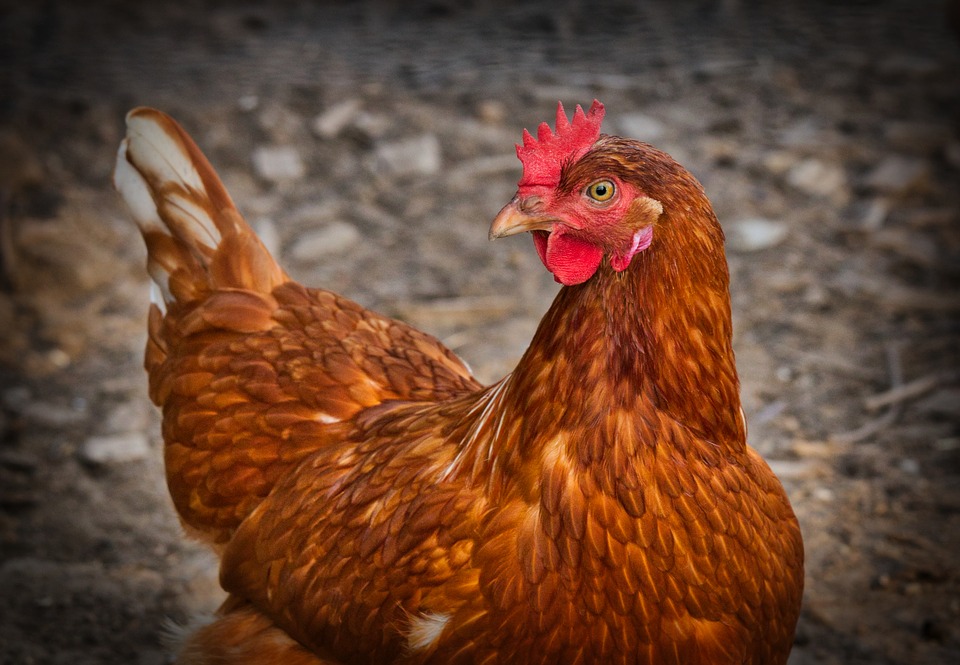There are a number of factors to consider when choosing a chicken coop. Aside from its functionality, the coop should also be clean, safe, and comfortable for the chickens. The following are some tips to help you build and maintain a chicken coop. You can also use this guide to determine how to clean a chicken coop. Choosing the right coop can make all the difference in the success of your chicken-keeping enterprise.
Building a chicken coop
After deciding to build a chicken coop, it’s time to choose materials. Choose a wood-frame coop with a sturdy roof and sides. If possible, buy plywood panels that are easily cut at a home improvement store. Make sure to align the sides and corners of the gable. Cut the plywood panels to fit the frame. Cover them with hardware mesh to prevent predators from peeping through and preventing heat stroke. During the winter months, install latches on the sides and bottom.
You’ll need approximately four feet of plywood for the floor and eight for the roof. You can cut the plywood yourself, or get it cut at a lumber store. If you have limited time, a small coop will do just fine. For larger flocks, you’ll want to use a more elaborate coop with more than two hens. Regardless of the type of coop you choose, you’ll want it to be convenient for the chickens and easy to clean.
Choosing a chicken coop
Whether you’re raising a small flock of three or a large one, choosing a chicken coop must accommodate their needs. While the minimum space for a chicken coop is two square feet, chickens require more space in order to live comfortably and productively. Generally, more space means happier hens. Other considerations include the construction material, the location, and your expectations. The most important consideration is safety.
Climate – Depending on where you live, a chicken coop should be insulated and built with a sturdy roof and foundation. Ideally, the coop should be built close to a tree, as they can act as natural insulators. However, if the location of your coop is near a windy area, make sure that the coop has proper ventilation to prevent frostbite on the chicken’s feet and combs.
Care of a chicken coop
Throughout the year, the care of your hens will vary, from winter preparation to spring cleaning. During the winter, you will want to check the coop for any openings that could be accessed by predators. It is also important to apply petroleum jelly and a rich moisturizer to the wattles and combs of your chickens to protect them from frostbite. You should also put a heater in the coop to keep the water from freezing and to provide fresh water to your hens.
You should change the bedding regularly, depending on the type of coop you have. If you have a small coop, change the bedding every month. Larger flocks can use the deep litter method, adding three to four inches of bedding at a time and removing it two to three times a year. Deep litter method is good for chickens, since it is rich in nitrogen. Just make sure that your flock doesn’t get too crowded in the coop, or you will end up with a coop full of ammonia.
Cleaning a chicken coop
There are several simple steps to cleaning a chicken coop. You can buy or make a mixture of vinegar and water. This mixture is effective at cleaning chicken coops because it is safe for chickens and breaks up dirt. You can also combine lemon juice or vinegar with citrus peels to make a homemade cleaning solution. You can scrub the dirty parts of the coop with a thick-bristled broom, and then rinse it with clean water to remove dirt.
To clean the coop thoroughly, remove the litter. Remove the litter and discard it in a wastebasket. You can also use a plastic sheet to collect any litter in the coop. Using a broom can help you remove semi-hardened litter and poop powder. It is also important to remove roosting bars and nesting boxes, where birds tend to lay eggs. A plastic sheet placed at the entrance will keep the coop dust-free.
Heating a chicken coop
Even if you have a chicken coop that doesn’t need heating, you should always keep your hens warm during the winter months. Chickens’ natural coat of feathers can only keep them warm in cold climates when they are dry and not exposed to drafts. However, if the weather gets very cold and they begin to exhibit lethargy or frostbite, it’s time to add supplemental heating.
If your chicken coop is made of wood or metal floors, you can opt for a deep litter system that holds on to the sunlight. Chickens naturally like to keep their feet warm during the winter. This is because they huddle together and fluff their feathers to keep warm. Also, if the temperature is too cold, they’ll produce less eggs and get lethargic and a lower fat content in their meat.





